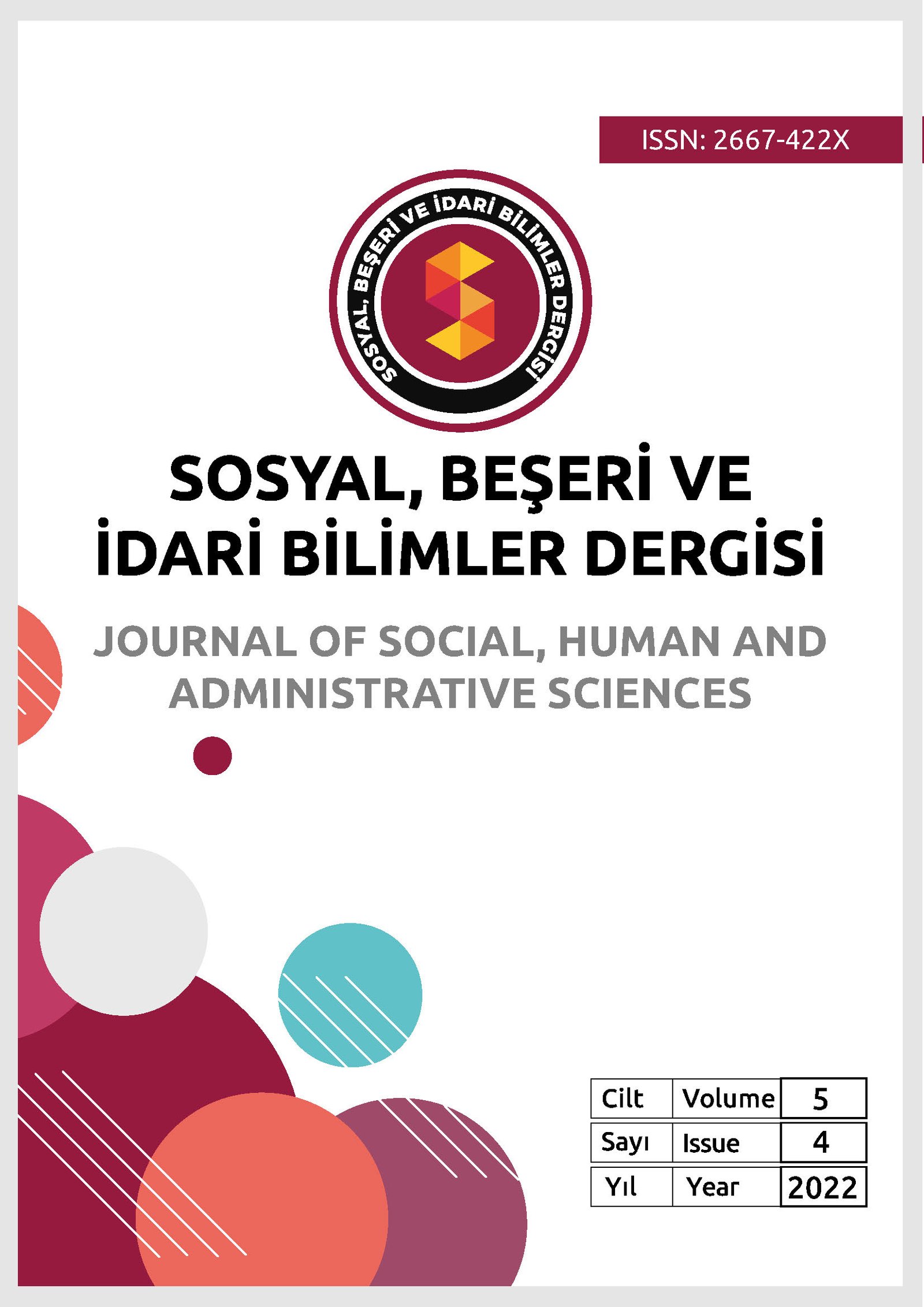Political, Social, Religious and Cultural Structal of The Tabriz in The Period of The Ilkhanids and Their Successors
Main Article Content
Abstract
Mengü (Möngke), the Great Khan of the Mongols, seized his brother Hülâg in Iran, Iraq, Syria, Egypt, the Caucasus and Anatolia with the decision of the congress in 1253 and ruled these places as a subordinate "ilhan" (İl + han "regional ruler") appointed to. Thus, the state, which was established in Iran (1256), with its capital in Tabriz, and became fully independent since 1295, was called the Ilkhanids, in relation to the title of ilhan that Hülâgû bore. The Ilkhanians, which emerged as a Mongolian state, politically worked for Genghis Khan from now on for employment. The city of Tabriz, which they made the capital, has an important social and economic feature for the Ilkhanians and their successors. Ilkhanid rulers worked hard to improve Tabriz's social and economic structure. The city, where religious and social movements were seen vividly for various reasons from time to time, also caused population losses caused by invasions, riots and earthquakes.
Article Details

This work is licensed under a Creative Commons Attribution 4.0 International License.

